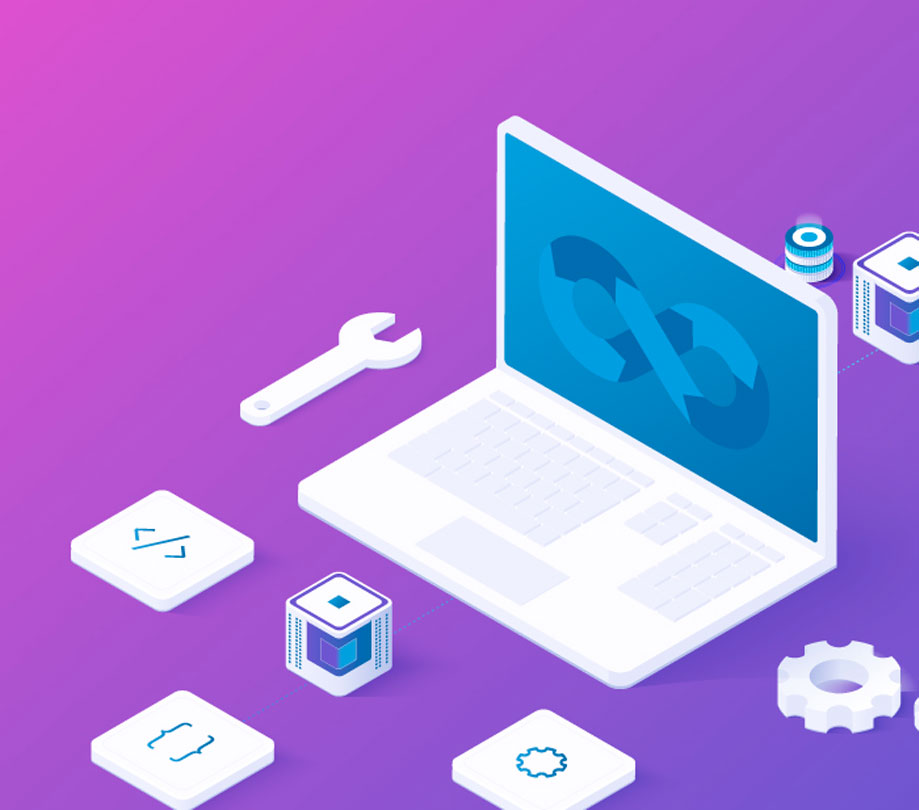Unlocking the Business Value of Continuous Delivery
Saturday, October 31, 2020

|
Richard Harris |
Continuous delivery allows you to deliver new software and update existing software faster, with lower risk. CloudBees’ continuous delivery solutions offer DevOps teams a broad suite of products.
Reducing risk is important, but the processes that underpin continuous delivery translate into even more important values to the business:
• Accelerate time-to-value. A small business doesn’t need a PhD to recognize that continuous delivery helps them get things done faster. An enterprise that has mapped out its value stream, has made significant investments in software delivery and is being held to associated timeline commitments will find that continuous delivery helps speed time-to-value.
• Data-driven decision-making. Deploy, measure, adjust. You can still push larger-scale releases, but your processes will be better suited to continuous data gathering. That will shorten the feedback loop with your customers. It also sharpens your ability to respond, plan your next move and keep ahead of the competition.
• Quality. Releasing continuously forces you to raise your quality bar and fully automate test practices. Better quality means happier customers, lower costs, fewer fire drills and less unplanned work.
• Experimentation = innovation. Developers and lines of business are free to try new ideas inexpensively, unlocking innovative ideas that have been penned in behind long, high-investment release cycles.
• Reduce cost. Big releases have big costs and big consequences when things go wrong. Keeping deliverables in a release-ready state drives the cost of delivery downward.
Together these values make continuous delivery a real gamechanger for business. That said, getting to continuous delivery is a process – one that can be very hard and very long for enterprises, for a lot of good reasons:
• It may be virtually impossible or prohibitively expensive to automate testing of existing software systems.
• New software often has to interact with existing systems.
• Systems of record are subject to legal and procedural restrictions that can slow down or inhibit automation of end-to-end processes.
• There are typically organizational barriers between the development team creating new software and the operations team responsible for pushing changes to production – and answering pagers in emergencies.
The list of challenges to get to continuous delivery goes on. However, none of this means you can’t make progress and realize significant benefits by choosing the proper scope for continuous delivery within your organization – and choosing a continuous delivery toolchain that complements and coexists with your existing investments.
One of the most successful ways to get moving on continuous delivery is to start with a small team within software development. The downstream consumers of their output have a vested interest in receiving “release ready” software, since they’re the consumers of the release (even though this may be far upstream of any end user-visible product). The downstream team will invest in the process if the value they receive (in the form of reduced headaches, fire drills and predictability) is worth their investment. Top-down buy-in to a shift to continuous delivery is necessary, so the team is empowered to make investments in the face of conflicting requirements.
When the downstream team is part of the same “development” tribe, the adoption process is simpler. As the handoffs begin to cross larger organizational barriers, leveraging the initial experience and data from implementing continuous delivery and building management awareness can help to drive the necessary cultural changes more broadly.
Jenkins, the most popular open source continuous integration server, is a common touchpoint between development and operations teams. As such, it tends to play a central role in organizations on the path toward continuous delivery. The business may impose corporate standards and regulatory-driven requirements/systems on dev and ops teams, and Jenkins provides both of them with an automation tool that connects to existing systems. Furthermore, as the organization moves to adopt cloud technologies, both public and private, an enterprise DevOps solution like CloudBees CI makes operating Jenkins at enterprise-scale easier, whether on-premise or in the cloud.
CloudBees is the hub of DevOps, providing companies of all sizes with smarter automation solutions and actionable insights for accelerating software delivery. CloudBees’ continuous delivery solutions offer DevOps teams the industry’s broadest suite of products, from on-premise to cloud native, from self-managed to self-service, from guided best practices to flexible choice.
By making the software delivery process more productive, manageable and hassle-free, CloudBees puts companies on the fastest path to transforming great ideas into great software and delivering value to the business more quickly. Discover why CloudBees is the unconditional leader in enterprise DevOps – and how it can help your organization make the most of CI/CD.

Become a subscriber of App Developer Magazine for just $5.99 a month and take advantage of all these perks.
MEMBERS GET ACCESS TO
- - Exclusive content from leaders in the industry
- - Q&A articles from industry leaders
- - Tips and tricks from the most successful developers weekly
- - Monthly issues, including all 90+ back-issues since 2012
- - Event discounts and early-bird signups
- - Gain insight from top achievers in the app store
- - Learn what tools to use, what SDK's to use, and more
Subscribe here




_cptybzmh.jpg)








